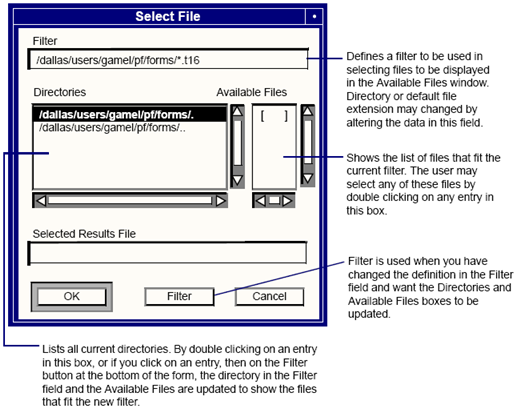XXXXXXXXXXXXXXXXXXXXXXXXXXXXXXXXXXXXXXXXXXXXXXXXXXXXXXXXXXXXXXXXXXXXXXXXXXXXXXXXXXXXXXXXXXXXXXXXXXXXXXXXXXXXXXXXXXXXXXXXXXXXXXXXXXXXXXXXXXXXXXXXXXXXXXXX''"> Select Results File
How are the SAMCEF results designated in the MSC Patran database?
SAMCEF result types are classified in several categories. The postprocessor of SAMCEF uses a dictionary that gives the characteristics of each type. The SAMPAT3 translator uses the same dictionary file to handle the results found in the file, so the results designation is exactly the same as the one used in SAMCEF.
The SAMPAT3 translator creates a primary load case in the MSC Patran database for each SAMCEF module (in uppercase). When Global Variables (e.g., time, frequency) are used associated with secondary load cases, their names are taken from the SAMCEF dictionary (in uppercase too).
When transient selected results (SAMCEF codes 9xx or 9xxx) are imported, the translator creates another primary load case, also named with the SAMCEF module name (but in lower case this time). This allows an easy selection during results processing (selection by primary load cases). To avoid confusion, the related Global Variables are named in lowercase too.
The Select file form allows the user to select a file to be read. There are several features available. This form is brought up when the user selects the Select Results File button on the Read Results form. The default file filters will change depending on the Current analysis code in the Preferences menu.

